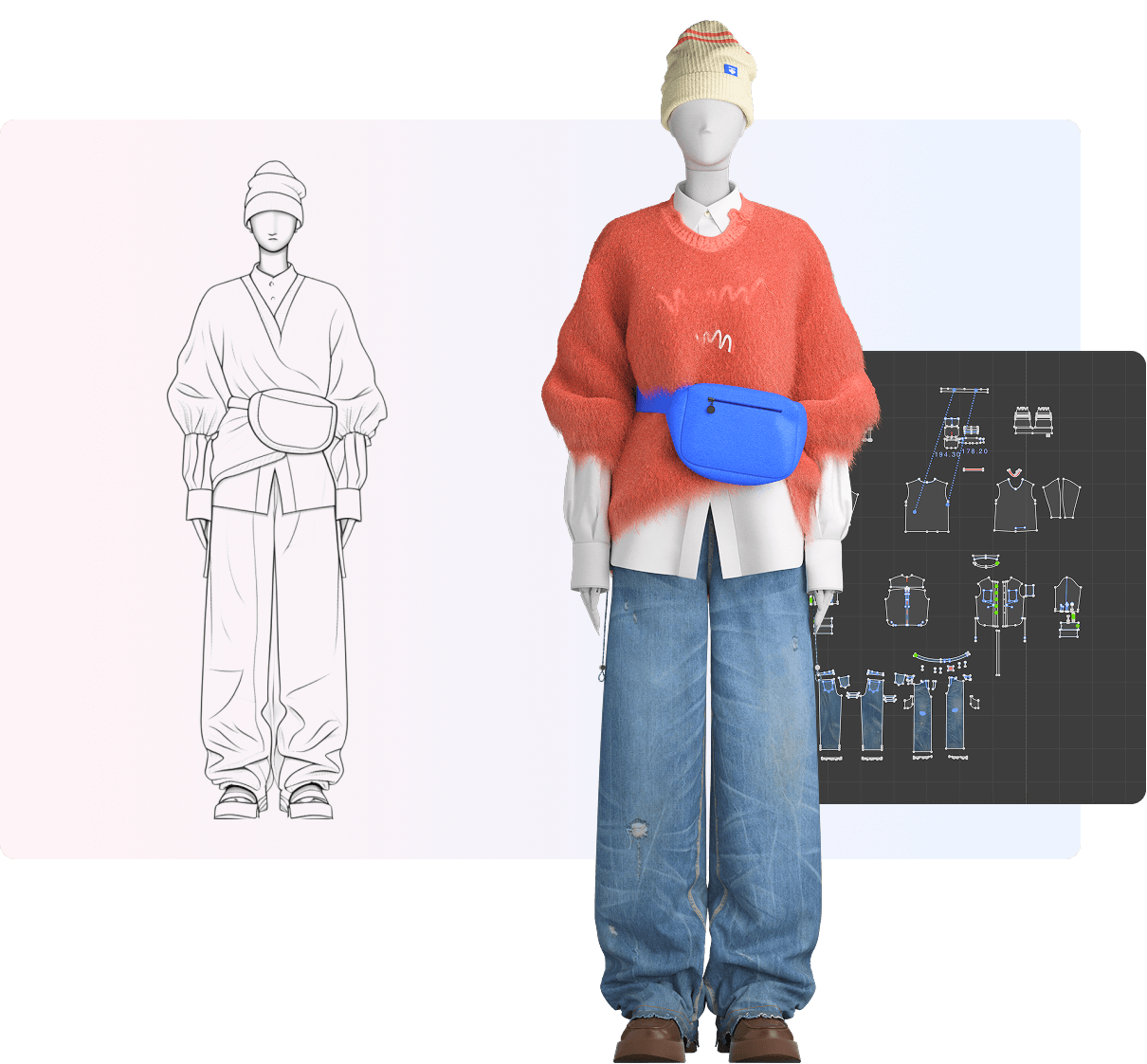# Top 10 Software for Fashion Design in 2024: A Comprehensive Guide
**Introduction**
The fashion industry is evolving rapidly, and digital tools are at the forefront of this transformation. Whether you’re a budding designer or an established brand, leveraging the right software for fashion design can streamline your workflow, enhance creativity, and boost productivity. In this guide, we’ll explore the top 10 software options for fashion design in 2024, highlighting their key features, pros, and cons.
—
## **Detailed Functionality Overview**
**Clo3D**
Clo3D stands out for its real-time 3D garment simulation. Designers can visualize fabrics, textures, and fits without physical prototypes, saving time and resources. Its intuitive interface supports pattern making, draping, and virtual fashion shows.
**Adobe Illustrator**
A staple in the industry, Adobe Illustrator offers powerful vector-based tools for creating precise technical sketches and illustrations. Its integration with other Adobe Creative Cloud apps makes it ideal for collaborative projects.
**Browzwear VStitcher**
Focused on 3D prototyping, Browzwear VStitcher enables designers to create true-to-life garments. Features like fabric physics and avatars help in achieving accurate fits, reducing sample waste.
**Optitex**
Optitex combines 2D pattern design with 3D simulation. Its automated grading and marker making tools optimize material usage, making it a cost-effective choice for mass production.
**Tukacad**
Tukacad offers comprehensive solutions for pattern design, 3D prototyping, and product lifecycle management. Its cloud-based platform facilitates remote teamwork and real-time updates.
**C-Design Fashion**
Tailored for small to medium businesses, C-Design Fashion simplifies pattern creation and grading. Its user-friendly interface requires minimal training, ideal for beginners.
**Lectra Modaris**
Used by major fashion houses, Lectra Modaris provides advanced tools for virtual prototyping and fit analysis. Its AI-driven insights help predict trends and improve designs.
**Marvelous Designer**
Popular in gaming and film, Marvelous Designer excels in creating dynamic 3D clothing with realistic fabric behavior. It’s perfect for avant-garde designs and animation.
**StyleCAD**
StyleCAD focuses on precision pattern cutting and efficient production planning. Its compatibility with various file formats ensures seamless integration into existing workflows.
**Digital Fashion Pro**
A budget-friendly option, Digital Fashion Pro offers step-by-step tutorials alongside design tools. It’s great for entrepreneurs launching their own fashion lines.
—
## **Common Questions Answered**
**What is the best software for beginners?**
Digital Fashion Pro and C-Design Fashion are ideal for newcomers due to their guided interfaces and affordability.
**Can these tools integrate with other systems?**
Yes, most software like Optitex and Tukacad support integration with ERP or PLM systems for end-to-end management.
**Is 3D design software worth the investment?**
Absolutely! 3D tools like Clo3D reduce sampling costs by up to 50%, accelerating time-to-market.
—
## **Take the Next Step**
Ready to revolutionize your design process? Explore these tools to find the perfect fit for your needs. For a cutting-edge solution, try software for fashion design like Style3D to bring your ideas to life efficiently. Start your free trial today and stay ahead in the competitive fashion landscape!



